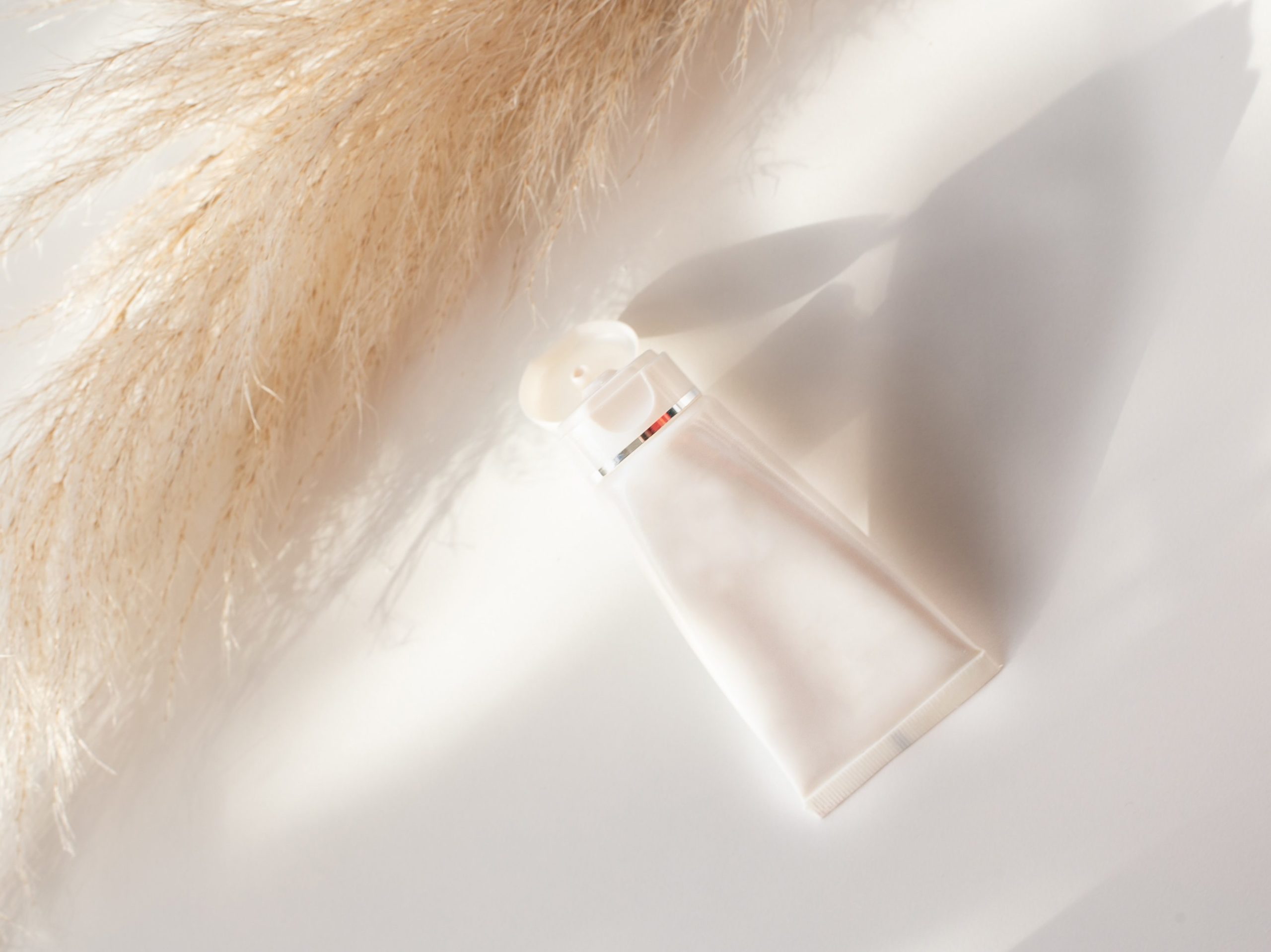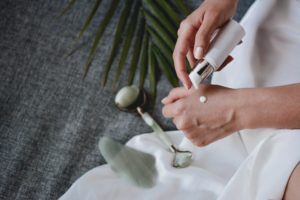Azelaic Acid: The Complete Guide – How to Use it, Benefits, Side Effects, and More
Azelaic acid is one of those underrated products for giving us bright, clear skin, but we may need a guide to use it.

It is a great treatment for dark spots, unevenness, and texture, as it makes skin smooth and glowy.
Find out everything you need to know about azelaic acid, how to use it for best results, what ingredients to avoid using it with, and much more.
What is Azelaic Acid?
Azelaic acid is a natural acid found in grains with strong antimicrobial and anti-inflammatory properties. This is why azelaic acid is used to treat many skin conditions such as breakouts or rosacea and is even used as a preventative treatment.
How does Azelaic Acid Work?
Azelaic acid prevents melanin production in the skin by reducing the activity of an enzyme called tyrosinase. This makes it a great option to treat hyperpigmentation, where your skin creates too much melanin and causes dark spots.
This skincare ingredient also encourages cell production and renewal, making it a potential option in scar treatment.
What are the Benefits of Azelaic Acid?
Azelaic acid is extremely versatile and beneficial as an ingredient. Redness, breakouts, and uneven texture can all be treated by azelaic acid. It is a powerful antioxidant and extremely helpful in many skin types.
It can be used to reduce breakouts and acne, making it a good option for breakout-prone skin, or even for breakout prevention.
Azelaic acid reduces redness and inflammation of the skin, meaning it can reduce skin conditions like rosacea. Azelaic acid reduces the sensitivity to environmental triggers that cause inflammation and redness.
It can help reduce perioral dermatitis, which is red rashes around the corner of the nose and mouth. This conduction can make the skin red, dry, and flake, and is usually a reaction to an environmental stressor or genetics. It can even be an ingredient in your skincare product. If this is the case, simplify your skincare, and add products back in one at a time, waiting days in between to see which ingredient is the cause. For cases in which it is genetic, azelaic acid can be great at treating this!
Because azelaic acid increases cell turnover, it can also be used as a treatment for scars.
Finally, azelaic acid can reduce overactivity in melanin cells, reducing tyrosinase, which causes hyperpigmentation. This can help fade dark spots and sun spots and helps to even skin tone. It does not cause much irritation either, which makes it a good option to treat sensitive conditions.
What Skin Type Should Use Azelaic Acid?
If you are breakout prone, it might be beneficial to use this product, especially if you have a damaged skin barrier that is sensitive.
Breakouts can be treated by retinoids, but they may be too strong, hence the use of azelaic acid. Azelaic acid will prevent breakouts from forming in the first place.
Azelaic acid can also help individuals that have redness and rosacea, anyone trying to brighten the skin, reduce dark spots, and increase smoothness and glow.
How to Get the Best Results with Azelaic Acid?
You can use azelaic acid during the day or night, depending on your needs.
10% is the strongest percent of azelaic acid you can get without a prescription, so start lower, or jump right to 10. There is usually no irritation at 10% with azelaic acid.
Use about a pea size amount to treat the whole face. Even if you are using it to treat acne and spots, it should be put on the entire face to improve overall complexion. Firmly massage the skin until it is completely absorbed and go in with a moisturizer on top to seal it. Avoid under the eye and mouth area to decrease irritation possibility!
If pairing with a vitamin C, use that first then use azelaic acid. When you use it at night, use azelaic acid after exfoliation for maximum skin penetration. If you have sensitive skin, try not to use other acids, as too much can further damage the skin barrier.
Side Effects of Azelaic Acid
There is a relatively low risk to using azelaic acid, as it is suitable for sensitive skin. It is safe for individuals who are pregnant or breastfeeding as well.
Potential side effects include:
- Stinging
- Burning
- Tingling
- Itchiness
The side effects should feel minor even if they do appear. Regardless, if side effects persist or get worse stop using the product. Always patch test new skincare on the inside of the wrist and side of the neck!
What Ingredients to Use or Avoid with Azelaic Acid?
As azelaic acid is a powerful skin-renewing ingredient. It is relatively good for sensitive skin, meaning it won’t cause too much of a reaction with other products.
Vitamin C and Azelaic Acid
Both of these are safe to combine, though your skin may be too overwhelmed with too many products. Try to use vitamin C in the day and azelaic acid at night.
Lactic Acids, AHA/BHA, and Azelaic Acids
Acids may help exfoliate the skin to allow azelaic acid to penetrate more deeply, though be sure you are not over-exfoliating. Use the lactic acid, aha/BHA before using azelaic acid.
Niacinamide and Azelaic Acids
These are both calming ingredients and work very well together with a low risk for irritation! They can be used in your day or night routine easily
Retinoids and Azelaic Acids
Retinoids and azelaic acid are both skin-renewing ingredients that are very strong. They can be paired together as long as your skin is not overly sensitive and you have a strong skin barrier. Try it out, but stop if irritation occurs.
Azelaic Acids and Salicylic Acid
These two should be avoided, as they can cause irritation, redness, and dryness. If you have both of these in your skincare, try alternating days, not using them both in one day.
The Takeaway
Azelaic acid is a powerful ingredient with a little downside. It works well with many ingredients, so it can easily be included with many other skincare ingredients.
Azelaic acid is beneficial to the entire face, not just as a spot treatment, as it can help brighten and even skin tone. It can reduce acne, scarring, dark spots, inflammation, and redness, and has great antioxidant properties to protect the skin.
Azelaic acid can be used up to 10%, but you can start small or use a small amount, and work your way up. It has little to no side effects, though you may experience some tingling. If irritation occurs, stop using. It is suitable for any skin type, but always make sure to test it on the wrist and side of the neck!
Try this versatile ingredient today to treat many skin concerns or even just get that glow!





